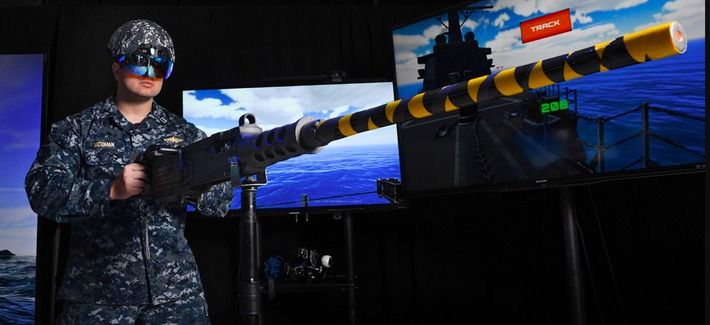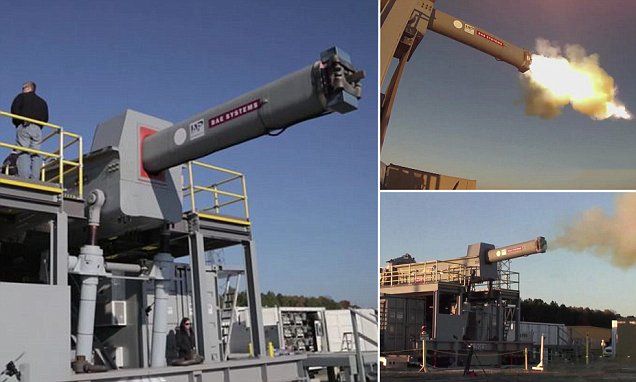A sting operation run by the Government Accountability Office revealed a number of loopholes that bad actors could use to buy excess military arms and equipment through the 1033 program.
When you realize you’ve somehow sold $1.2 million worth of controlled military equipment to a law enforcement agency that doesn’t exist, you’re likely to jumpstart efforts to reform that program.
That’s what happened when the Defense Logistics Agency learned that a sting operation run by the Government Accountability Office had exploited vulnerabilities in the Pentagon’s 1033 program, which sells local, state, and federal law enforcement agencies excess military equipment.









